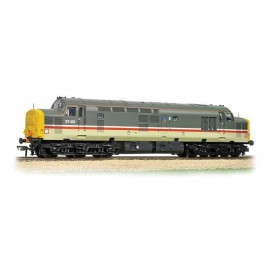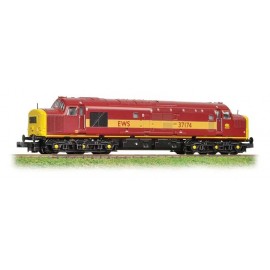When building a model railway layout, it is not uncommon to use different track codes for various reasons. This can...
No products
Product successfully added to your shopping cart
There are 0 items in your cart. There is 1 item in your cart.
Search Tips
Christmas and New Year
We are dispatching orders every weekday apart from Christmas Day, Boxing Day and New Year's Day.
If you order is time critical, select next day delivery at checkout.
The shop in Sandown is closed from 25th December, reopening on 30th December.
What is the Class 37 locomotive?
The Class 37, also known as the English Electric Type 3, is a diesel-electric locomotive that has been a workhorse of the British railway network since its introduction in the early 1960s. Designed and built by English Electric between 1960 and 1965, a total of 309 Class 37 locomotives were produced.
Key features and information about the Class 37 include:
Versatility: The Class 37s were designed to be versatile, capable of hauling both passenger and freight services. They have been used on a wide range of duties across the UK rail network.
Performance: Equipped with a 1,750 hp engine, the Class 37s are known for their reliable performance. Their robust design has allowed many of them to remain in service for decades.
Distinctive Sound: The locomotives are often referred to by enthusiasts as "Tractors" due to their distinctive engine noise, which is somewhat reminiscent of a tractor.
Modernisation and Upgrades: Over the years, many Class 37s have undergone various refurbishments and upgrades to extend their operational life. This includes modifications for improved emissions and the installation of more modern equipment.
Preservation: Several Class 37 locomotives have been preserved on heritage railways across the UK, where they continue to be a popular attraction for rail enthusiasts.
Overall, the Class 37 remains an iconic and enduring symbol of British railways, valued for its reliability, versatility, and distinctive character.
Click here to receive the tips weekly in your mailbox. You can unsubscribe at any time.









